SHIPPING AND LOGISTICS
Secure your place in the next generation of leaders by prioritising innovation, efficiency, and sustainability.

defining logistics
Planning, implementing, and controlling the flow of goods, services, and information involves various actors from the point of origin to the point of consumption.
Alumni Services works with all aspects of the logistics industry and boasts speciality skills to address each player’s unique opportunities and challenges.
-
MLOs, Containers, Dry Bulk, Tankers & Gas, Brokers, Agencies, Ports, Support Services Regulatory Bodies
-
Premium Airlines, Low-Cost Airlines, Airline Engineering, Support Services, Regulatory Bodies
-
Rail, 3PL/4PL, Land Logistics/Last Mile, Distributors
understanding your needs
The Shipping Logistics industry faces deep-rooted challenges, marked by cycles of boom and bust and further complicated by the influx of new vessels and new fuel sources.
less than .3% of bills of lading digitised as of 2023
Decision-making and forecasting often rely on scant, shared information.
the industry’s non-standardised data.
Fragmented systems hinder real-time data sharing with inconsistent updates on estimated time of arrival’s sharing affecting even within individual carriers.
ACHIEVING ZERO CARBON EMISSIONS BY 2050
Amidst these challenges, the ambitious but necessary regulatory goal underscores the critical need for substantial technological innovations to pave the way forward.
over 40% of logistics professionals are struggling
Schedule reliability, container availability, and securing space on vessels have been exacerbated by the pandemic and geopolitical tensions.
Why choose Alumni?
Tackle the high costs of vessels, operations, fuel, and enhancing customer experiences without compromising quality.
Assessing and automating manual tasks in operations and customer service.
Leveraging robotics, AI and Automation to reduce cost, improve safety of your operating environments from Ports to Aprons to warehouses.
Utilising IoT and sensor technology to monitor performance and fuel consumption in real-time.
Leveraging data analytics to uncover operation inefficiencies and implement cost-saving strategies.
Stay ahead of new, agile competitors who threaten with lower-cost models and holistic customer experience.
Develop a lightweight PoC for real-time alerts on schedule changes, ensuring all parties and customers are always in the loop.
Use real-time data from performance, load, destinations, and weather patterns to refine routing and scheduling, reducing transit times and improving overall efficiency.
Simplify the complexity of choosing the right tools and join the industry consortia to standardise data formats.
Assess your data landscape, identify gaps, and create a clear implementation roadmap.
Design and develop APIs and data integration platforms that facilitate easy exchange between logistics parties, authorities, and freight forwarders.
integrating and digitalising an entire operation
X-Press Feeders (XPF) is the world’s largest independent common carrier. A complex and opaque supply chain, hyper-bespoke agreements with every customer, manual processes, and lack of digital capability resulted in errors in roughly one-third of all invoices. These inefficiencies led to a significant lost revenue opportunity and high operations costs
We developed a complex and customized end-to-end digital platform to manage revenues across personalised client bookings and contracts and deliver visibility and insights across their global customer base.
This involved completely transforming their business processes and technology across their front- and back-office systems, from revenue and yield management to data streaming and analysis, to third-party integrations – all while leveraging scaled agile with control.
Significant improvement to the top line across cash collection, revenue management, and customer growth; improved operational efficiency and risk management.
Meet the 2030 emission standards head-on, and lead the way in environmental stewardship.
Identify digital tools that support your ESG goals, from energy management to ecology sustainability.
Ensure adherence to ISO standards (ISO27001, 9001, 14064) and promote industry-wide data sharing for a transparent supply chain.
Uncover new opportunities to expand products and services into the sustainable realm, creating new revenue sources and saving costs with an updated operating model.
Assist in deploying chosen technologies and train your team to leverage them for ESG tasks.
Adapt to volatile trade flows with an optimised and predictive supply and demand model.
Leverage historical data and global indicators to accurately predict demand and optimise procurement through an intelligent dashboard.
Utilise AI and chatbots for sales queries, providing insights into demand forecasting.
Develop an integrated system that streamlines invoices and collections, ensuring uniform tariffs and overhead reductions.
protecting whales by connecting data
The World Shipping Council (WSC) faced a critical issue with ship strikes on whales, threatening marine life and vessel safety. Recognizing that reducing ship speed could significantly mitigate these incidents, the WSC sought effective solutions.
The WSC developed the Whale Chart, a tool to guide mariners with global measures to reduce ship strikes, although it required referencing a physical document.
Alumni used the Whale Chart to create a distributed cloud-based architecture that ingests and consolidates vast amounts of data from various sources to directly identify whale movements and activity into ships' navigation systems.
Real-time route adjustments and speed recommendations improved whale protection efforts applicable to the broader maritime industry.
minimise upfront investment by running an ‘ignition’ pilot programme.
This architecture enables organisations to overlay their current operations onto our architecture seamlessly, and swiftly identify gaps and areas of overinvestment.
Guarantee that every aspect of your operations is supported adequately with value mapping between your service capabilities and function while identifying opportunities for data and technology integration.




